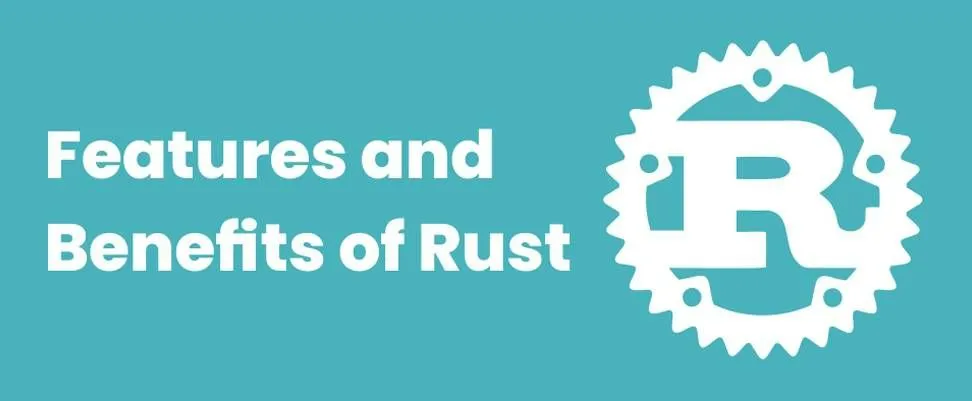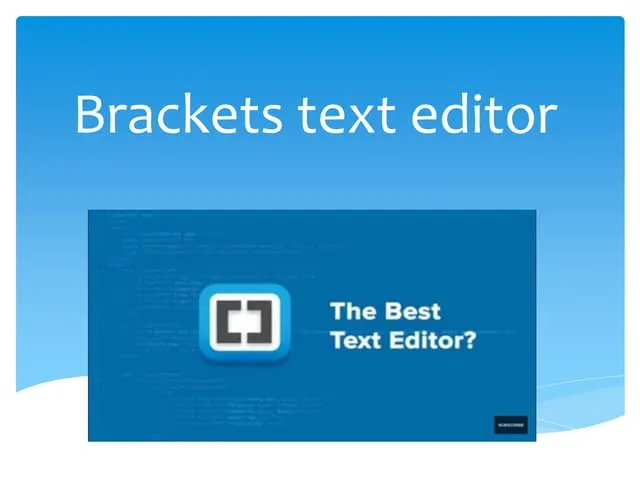The Comprehensive Guide to Solidity Learning the Language for Ethereum Blockchain Development
Solidity, the programming language used for building decentralized applications (dApps) on the Ethereum blockchain, has gained significant traction in the world of cryptocurrency and blockchain technology. As the adoption of Ethereum and its ecosystem continues to grow, the demand for skilled Solidity developers has also increased. In this comprehensive guide, we’ll explore the fundamentals of Solidity, its applications, and whether it’s worth learning for aspiring blockchain developers.
What is Solidity?

Solidity is a contract-oriented, high-level programming language developed by Ethereum’s core developers. It is primarily designed for writing and deploying smart contracts, which are self-executing pieces of code that run on the Ethereum blockchain. These smart contracts are used to automate the execution of agreements between parties, ensuring that the terms of the contract are met without the need for a central authority.
Solidity’s syntax is similar to JavaScript, making it relatively easy for developers with experience in traditional programming languages to pick up. It is a statically-typed language, meaning that the type of each variable must be declared, and type checking is performed at compile-time. This helps catch errors early in the development process and ensures the reliability of the code.
Solidity’s Ecosystem and Applications
Solidity is the de facto language for building decentralized applications (dApps) on the Ethereum blockchain. These dApps can cover a wide range of use cases, including:
- Decentralized Finance (DeFi): Solidity is widely used in the development of DeFi protocols, such as decentralized exchanges, lending platforms, and yield farming applications.
- Non-Fungible Tokens (NFTs): Solidity is the primary language for creating and managing NFTs, which are unique digital assets stored on the blockchain.
- Decentralized Governance: Solidity is used to create decentralized autonomous organizations (DAOs), where decisions are made through a transparent, community-driven process.
- Supply Chain Management: Solidity-based smart contracts can be used to enhance transparency and traceability in supply chain operations.
- Gaming and Metaverse: Solidity is employed in the development of blockchain-based games and virtual worlds, where players can own and trade in-game assets.
These are just a few examples of the vast and growing ecosystem of decentralized applications built using Solidity on the Ethereum network.
Why Learn Solidity?
As the adoption of Ethereum and its ecosystem continues to rise, the demand for skilled Solidity developers has also increased significantly. Here are some of the key reasons why learning Solidity can be a valuable investment for aspiring blockchain developers:
1. Ethereum Ecosystem Growth
Ethereum is the second-largest cryptocurrency by market capitalization, and its ecosystem is rapidly expanding. The Ethereum network hosts a wide range of decentralized applications, from DeFi protocols to NFT marketplaces, all of which require Solidity developers to build and maintain their infrastructure.
2. Increasing Demand for Solidity Developers
The growing popularity of Ethereum and the blockchain industry, in general, has led to a surge in the demand for Solidity developers. Many companies and projects are actively seeking individuals with Solidity expertise to join their teams and contribute to the development of decentralized applications.
3. Career Opportunities
As the blockchain industry continues to evolve, the career prospects for Solidity developers are promising. Solidity developers can find employment in a variety of roles, such as smart contract developers, blockchain engineers, and blockchain consultants, across various industries.
4. Transferable Skills
While Solidity is a domain-specific language, the skills and concepts learned while studying Solidity can be applied to other programming languages and blockchain platforms. Mastering Solidity can enhance your overall understanding of blockchain technology and programming principles, making you a more versatile and valuable developer.
5. Entrepreneurial Opportunities
Solidity’s versatility allows aspiring entrepreneurs to build their own decentralized applications and participate in the growing blockchain ecosystem. By learning Solidity, you can turn your ideas into reality and potentially create innovative solutions that disrupt traditional industries.
Getting Started with Solidity
If you’re interested in learning Solidity, here are the key steps to get you started:
1. Understand Ethereum and Blockchain Fundamentals
Before diving into Solidity, it’s essential to have a solid understanding of the Ethereum blockchain and its underlying principles. This includes concepts like decentralization, consensus mechanisms, and the role of smart contracts.
2. Learn the Basics of Solidity Syntax and Programming
Start by familiarizing yourself with the Solidity syntax and programming concepts, such as variables, data types, control structures, and functions. There are numerous online resources, tutorials, and courses available to help you learn the language.
3. Practice Building Smart Contracts
The best way to learn Solidity is by writing and deploying smart contracts. Start with simple examples, and gradually work your way up to more complex projects. Use online development environments, such as Remix, to write, compile, and test your Solidity code.
4. Explore Solidity’s Ecosystem and Libraries
Solidity has a growing ecosystem of libraries, frameworks, and tools that can enhance your development experience. Familiarize yourself with popular libraries like OpenZeppelin, which provides secure and reusable smart contract components.
5. Stay Up-to-Date with Solidity Developments
The Solidity language and the Ethereum ecosystem are constantly evolving. Stay informed about the latest updates, best practices, and emerging trends in the Solidity community by following blogs, podcasts, and online forums.
Solidity Development Essentials

As you embark on your Solidity learning journey, here are some key aspects of Solidity development that you should familiarize yourself with:
1. Solidity Data Types and Variables
Solidity has a diverse set of data types, including primitive types (e.g.,
,
,
,
) and complex types (e.g.,
,
,
). Understanding how to declare and use these data types is essential for writing efficient and secure smart contracts.
| Data Type | Description |
|---|---|
|
uint
|
Unsigned integer, can range from 0 to 2^256 – 1 |
|
int
|
Signed integer, can range from -2^255 to 2^255 – 1 |
|
bool
|
Boolean value, either
true
or false
|
|
address
|
Represents an Ethereum address, a 20-byte value |
|
mapping
|
A key-value data structure, similar to a dictionary |
|
array
|
A collection of elements of the same data type |
|
struct
|
A user-defined data type composed of multiple data types |
2. Control Structures and Functions
Solidity provides various control structures, such as
,
,
, and
, to control the flow of execution in your smart contracts. Additionally, you’ll need to master the creation and usage of functions, which are the building blocks of Solidity code.
Here’s an example of a simple Solidity function:
3. Inheritance and Interfaces
Solidity supports inheritance, which allows you to create new contracts based on existing ones. This can help you achieve code reuse and simplify the development process. Interfaces, on the other hand, define a contract’s public API without providing the implementation details.
4. Events and Logging
Solidity’s events and logging mechanisms are essential for tracking the execution of smart contracts and communicating with off-chain applications. Events can be emitted from your contracts and listened to by external applications, such as front-end user interfaces.
5. Security Considerations
Writing secure Solidity code is of utmost importance, as smart contracts are immutable and can hold significant amounts of cryptocurrency. Familiarize yourself with common security vulnerabilities, such as reentrancy attacks, integer overflow/underflow, and the importance of input validation.
6. Deployment and Testing
Learn how to properly compile, deploy, and test your Solidity smart contracts. This includes understanding the deployment process, interacting with deployed contracts, and writing unit tests to ensure the correctness of your code.
Solidity Development Workflow
Developing decentralized applications with Solidity typically follows a structured workflow. Here’s a general overview of the Solidity development process:
- Project Planning: Define the scope, requirements, and use case of your decentralized application.
- Smart Contract Design: Architect the smart contracts that will power your dApp, considering the data structures, functions, and security requirements.
- Solidity Coding: Implement the smart contracts using Solidity, following best practices and coding standards.
- Testing and Debugging: Thoroughly test your smart contracts using unit tests, integration tests, and tools like Truffle and Remix.
- Deployment and Verification: Deploy your smart contracts to the Ethereum network and verify their correct functioning.
- Front-end Integration: Connect your smart contracts to a front-end application, allowing users to interact with your decentralized application.
- Maintenance and Updates: Monitor your deployed smart contracts, address any issues, and implement upgrades as necessary.
Throughout this workflow, it’s essential to stay up-to-date with the latest Solidity developments, best practices, and security considerations to ensure the long-term viability and success of your decentralized application.
Real-World Solidity Use Cases

Solidity’s versatility has led to its adoption across a wide range of industries and use cases. Here are some examples of real-world applications of Solidity:
1. Decentralized Finance (DeFi)
Solidity is extensively used in the development of DeFi protocols, such as decentralized exchanges (DEXs), lending platforms, and yield farming applications. These applications leverage smart contracts to automate financial transactions and provide users with a wide range of decentralized financial services.
Example: Uniswap, a leading decentralized exchange built on Ethereum using Solidity.
2. Non-Fungible Tokens (NFTs)
Solidity is the primary language for creating and managing NFTs, which are unique digital assets stored on the blockchain. NFTs have found applications in the art, gaming, and collectibles industries, among others.
Example: CryptoKitties, one of the earliest and most successful Ethereum-based NFT projects, built using Solidity.
3. Decentralized Governance
Solidity is used to create decentralized autonomous organizations (DAOs), where decisions are made through a transparent, community-driven process. These DAOs can manage funds, vote on proposals, and execute actions without the need for a central authority.
Example: MakerDAO, a decentralized lending platform that uses a DAO structure, built with Solidity.
4. Supply Chain Management
Solidity-based smart contracts can be used to enhance transparency and traceability in supply chain operations, tracking the movement of goods and ensuring compliance with contractual agreements.
Example: VeChain, a blockchain-based platform for supply chain management, which utilizes Solidity for its smart contracts.
5. Gaming and Metaverse
Solidity is employed in the development of blockchain-based games and virtual worlds, where players can own and trade in-game assets as NFTs.
Example: Axie Infinity, a popular blockchain-based game built on Ethereum using Solidity.
These use cases demonstrate the broad applicability of Solidity in the blockchain and cryptocurrency ecosystem, and the growing demand for Solidity developers to build innovative decentralized applications.
Conclusion
Solidity, the programming language for Ethereum-based smart contracts, has become an essential skill for aspiring blockchain developers. As the Ethereum ecosystem and the broader blockchain industry continue to evolve, the demand for Solidity developers is expected to grow significantly.
By learning Solidity, you can unlock a wide range of career opportunities in the blockchain industry, from smart contract development to building decentralized applications. Additionally, the skills and knowledge gained from studying Solidity can be transferred to other blockchain platforms and programming languages, making you a more versatile and valuable developer.
Whether you’re an experienced programmer or new to the world of blockchain, now is an excellent time to dive into the world of Solidity and become part of the rapidly expanding decentralized application ecosystem.


